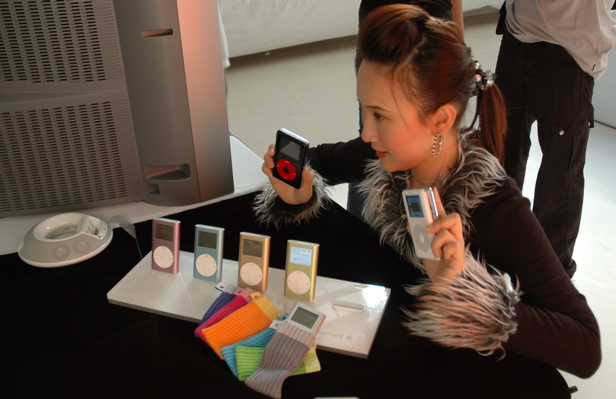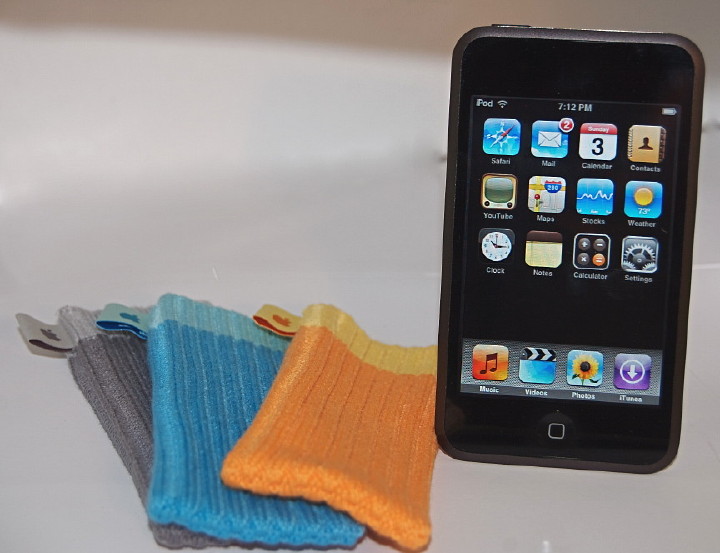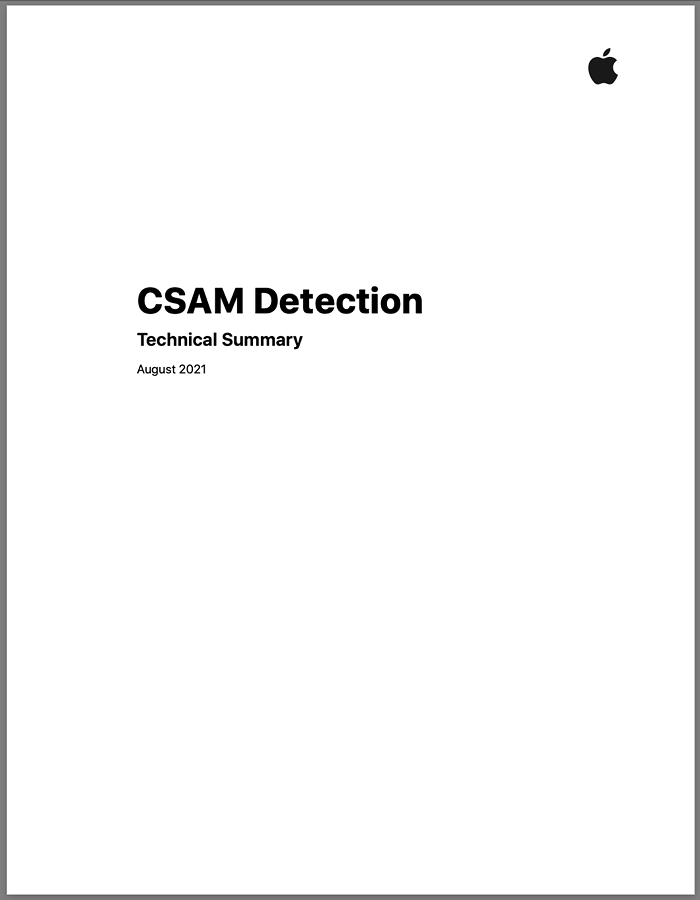|
|
Weekend Diversion: The iPod is dead; Hopes for WWDC; EU Stealth CSAM, Sideloading and CablesBy Graham K. Rogers


Several of the journalists at that January 2008 MacWorld event made ourselves unpopular with a couple of Apple personnel in San Francisco because of the decision: I was writing for the Bangkok Post then and it would affect Apple users here. One suggestion I made - for a second level store that handled apps only - was noted. A few months later (July 2008) the App Store arrived. At that time I could not find the iPod touch 2 in the stores in San Francisco and surrounding areas, but in the main SF store, a voice behind me told me to wait until I returned to Bangkok. It was Therdsak Skulyong, Apple's manager in Thailand. When these arrived in late January 2008 one was reserved for me at Fortune Town. Reading what I wrote then, it was rather a limited device (no iCloud) and only usable with the limited wifi availability at the time although it was an advance on my Palm PDA. Plus music. There were few apps at the time, but I see an ancient icon for the YouTube that was installed. You will also see in the image I am using the iPod socks: another great product that was killed before its time.

Another rumor from the same source concerns a new version of the Apple TV. Again this should be no real surprise, not that Apple has given any hints. What Apple does do is to update its products every so often. The Apple TV HD was released in 2015. The Apple TV 4K was released in 2017 and updated last year. Perhaps a new HD version is overdue. Christian Zibreg (iDownloadBlog) writes that Ming-Chi Kuo "is calling for" a cheaper version of the device and there is some sense to this if Apple is to compete fully with other services. I have kept with my early version of the Apple TV HD ($149 - 5529 baht with VAT) which is still available at 5,600 baht. The 4K version is 6,700 baht here ($179 - 6641 baht) so prices are comparable.
In the past nations have declared whole populations to be enemies of the state; and it is not uncommon these days: for example the Uyghurs in China where Apple, like other companies, already has several limitations in the way it is able to operate. Russia too, before the recent invasion of Ukraine, was already placing restrictions on how the App Store should operate and which apps Apple had to include with new iPhones. Myanmar, just a few kilometers from here, used to have a law that made fax machines illegal and there have been a number of recent controls regarding internet use; before the days of computers, those in Romania used to register every typewriter so that pamphlets could be traced back. Other countries also have restrictive laws on the books and a change in government (e.g. Philippines) could mean changes to the status of people there. Apple may have been a bit naive with the safety of hashes, but the publicity might have caused a rethink, although they recently announced the child protection features of messaging are to be made active. However, as Apple may well have anticipated, the EU is to release a draft law this week that could require tech companies like Apple and Google to identify, remove and report to law enforcement illegal images of child abuse on their platforms (Tim Hardwick, AppleRumors). The article mentions that the EU believes that the technology exists to detect such images, although security experts disagree, which reminds me that the EU thinks sideloading is fine, although Apple and many experts think that iPhone security will be compromised. The EU seems to have some good ideas but either does not think through the full potential or dismisses any arguments that weaken their plan. Hardwick writes that, "privacy groups and tech companies are worried that the EU executive could result in the creation of backdoors to end-to-end encrypted messaging services, the contents of which cannot be accessed by the hosting platform."
Macs have had this since OS X first appeared and I know of several homes in which one device is shared, especially since work from home and online meetings have become normalized. If the same device is used for the children who have specific device needs as the parents who are working from home it makes little sense to give everyone to the same set of apps, photos and files. Not all families can afford one iPad for each family member, so sharing is not unusual.
Related to my use of black and white film, is the inability to scan images to a high quality with a flatbed scanner. I am sure there is no software for a high end rotary scanner as well, but I am not in that class. I use VueScan on the Mac with my Canon 9000F scanner, but would love to use this with the iPad as well. A last need, for the time being, is tethering: the ability to work with a DSLR connected to the iPad by cable. Hasselblad can apparently do it with their app; and I often connect the Nikon DSLR to the iPad to download photos directly. These are pretty big at 8256 x 5504 and around 60MB each, but the iPad Pro can easily handle at least 50 (the most I tried in one go). I have tethering software on the Mac, along with apps for other specific tasks, like photo stacking (Helicon Focus). I can only use software like this on the Mac, so the iPad Pro is not quite there yet.
Graham K. Rogers teaches at the Faculty of Engineering, Mahidol University in Thailand. He wrote in the Bangkok Post, Database supplement on IT subjects. For the last seven years of Database he wrote a column on Apple and Macs. After 3 years writing a column in the Life supplement, he is now no longer associated with the Bangkok Post. He can be followed on Twitter (@extensions_th) |
|


 Apple was heavily criticized last year for the announcement that it would allow scanning of hashed CSAM images on users' devices, before uploading to iCloud Photos. While it is important to tackle the amount of child pornography and abuse that is available online, the method Apple intended to use potentially opened the doors to other problems. While the hashes (numerical codes) linked to specific images on a database only referred to those on that database, there were suggestions from several sources that warned of potential abuse. If Apple could be forced in some countries to use hashes for people whom the state declared to be enemies or terrorists, that could be open to abuse.
Apple was heavily criticized last year for the announcement that it would allow scanning of hashed CSAM images on users' devices, before uploading to iCloud Photos. While it is important to tackle the amount of child pornography and abuse that is available online, the method Apple intended to use potentially opened the doors to other problems. While the hashes (numerical codes) linked to specific images on a database only referred to those on that database, there were suggestions from several sources that warned of potential abuse. If Apple could be forced in some countries to use hashes for people whom the state declared to be enemies or terrorists, that could be open to abuse.
 I often work with Photos on the Mac to make quick edits. The interface is fine for this, but two tools are missing in the Crop section: perspective and keystone. On the iPad and iPhone the editing interface is weak and does not match that on the Mac. However, the handheld devices do have perspective and keynote. Working in black and white is easier on the Mac as the tools in Photos on the iPhone and iPad are totally inadequate.
I often work with Photos on the Mac to make quick edits. The interface is fine for this, but two tools are missing in the Crop section: perspective and keystone. On the iPad and iPhone the editing interface is weak and does not match that on the Mac. However, the handheld devices do have perspective and keynote. Working in black and white is easier on the Mac as the tools in Photos on the iPhone and iPad are totally inadequate.
